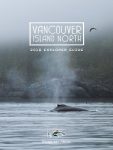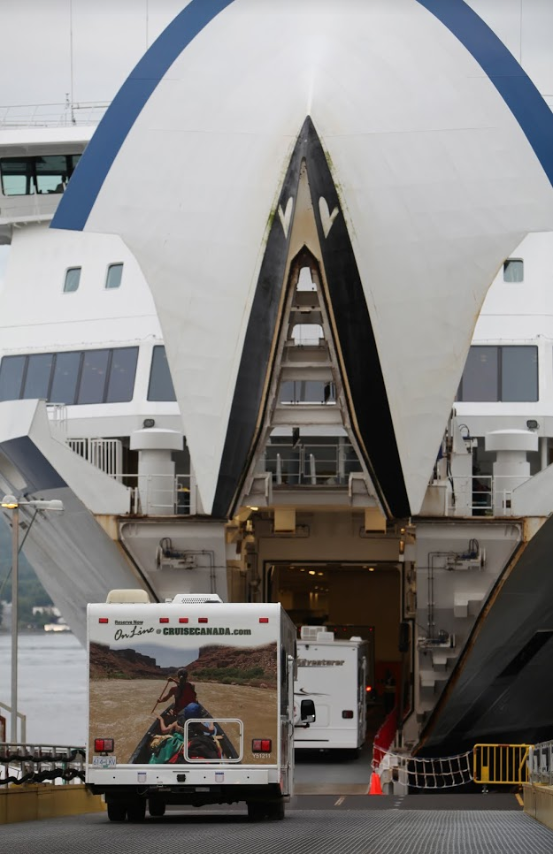Congratulations!! You’ve made the decision to visit Vancouver Island North. Whether you’re leaving all the details to a travel agent or more of a fly-by-the-seat-of-your-pants traveler, some research and a bit of planning will help you achieve a trip to remember.

Where to find information…
Start with the 2018 Vancouver Island North Travel Guide, a useful research tool to help you decide where you want to go and what you want to see. How much time to you have? Keep in mind Vancouver Island is 480 km (285 miles) long and takes about 5.5 hours to drive from end to end. Give yourself enough time to explore all the special wild places we have to offer. (Click here to download our North Island Trail App) Some travelers are happiest when their itinerary is jam packed with activities but the best holidays are often those where you have buffer days with time to relax…refresh…and rejuvenate.
Make reservations in advance…
We can’t stress enough how important it is to book nature and adventure tours in advance. Avoid disappointment especially if you have a limited amount of time here and you’ve always had a grizzly bear, whale tour or kayaking trip on your absolutely must do list.
Consider your mode of transportation. Vancouver Island North is accessible by car, plane, ferry or bus. BC Ferries can get quite busy on holiday long weekends and reservations are a good idea. And who wants to sit around waiting in a line-up when adventure is calling? There are many options for a place to lay your head at the end of the day. Accommodation runs the gamut from hostel to resort, camping to bed & breakfast, cabin to hotel depending on what amenities you’re looking for.
Each community, tourist information centre, excursion company and accommodation provider have their own websites for more details.

Boomer Jerritt photo
Before you leave home…
If you’re traveling from another country you must carry a valid passport. Keep in mind for many countries a passport is invalid if it expires within 6 months of your return. Set travel alerts on your credit cards. For most credit card company all that’s required is a quick phone call to let them know you’re away from home to prevent the unexpected surprise of your card being locked. Most travelers carry a cell phone so contact your carrier to ensure you have the best phone plan to avoid sky high roaming charges. Seriously consider travel insurance if you’re leaving your home country or province. It’s not just medical protection it can also cover a broken camera, lost luggage or cancelled flights. It’s the part of your trip you should buy but hope you’ll never need.
Packing up…
The bottom line is you don’t need suitcases loaded with stuff. Seriously. Pack smart and light. Keep in mind the weather is changeable and it’s quite possible you may experience glorious sunshine, rain, wind and cool evenings during your stay. Dressing in layers is key and will keep you warm and dry with versatile, comfortable clothing and footwear. And listen to your Mom, don’t forget the sunscreen. Bring what you need for clothing, toiletries and comfort items and if you do forget something, don’t worry. There are stores. Ensure you’re traveling with all your important documents: identification, travel tickets, copies of health records and insurance. Many reservations can be saved on your phone so you don’t always require the original documents. Let’s not forget how you’re going to pay for things while you’re here: cash, credit or debit cards or a combination. Keep in mind some of the smaller communities may not have a bank but most do have an ATM. Wi-Fi is available in most hotels, restaurants and libraries so bring along your adapters to charge your devices while you’re away from home.

Kari Watkins photo
A few extra tips…
If you’re traveling from other parts of Vancouver Island be aware that you’ll be out of cell range for most of the drive north of Campbell River, with the exception of a limited section of road near Woss.
Also if you’re looking to experience more remote locations keep in mind that travel on logging roads may be required. Logging roads = gravel roads primarily used by the forest resource industry. This means you’ll be sharing the road with industrial vehicles. Expect rough surfaces, potholes and dust. Stay alert and drive safely. Ensure you have a full tank of gas and a spare tire with necessary tools to change one. A good motto: Know before you go!
Enjoy…
So now. You’ve researched your trip. You’ve decided on an itinerary. Made travel arrangements and found a place to stay. You’re packed up and ready to go. There’s only one thing left to do. Make your way to Vancouver Island North and have the time of your life.
Karen Stewart – Freelance Writer
Karen is the author of the blogs This is Port McNeill and At Water’s Edge Ventures